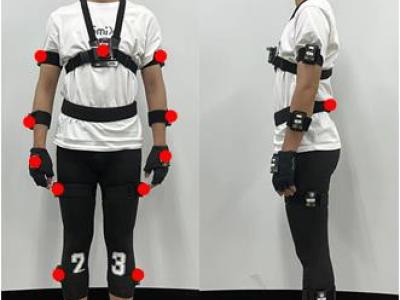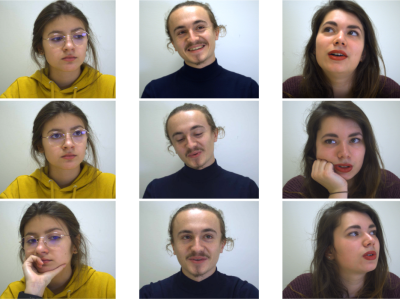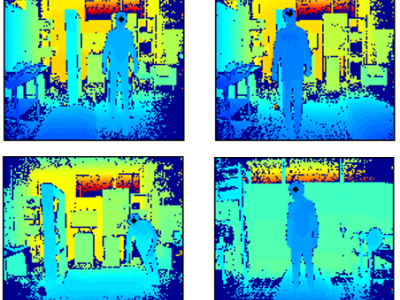Multi-position wearable human activity recognition dataset

- Citation Author(s):
- Submitted by:
- Xin Wang
- Last updated:
- DOI:
- 10.21227/z8bc-pt92
- Data Format:
 1678 views
1678 views
- Categories:
- Keywords:
Abstract
Human activity data based on wearable sensors, such as the Inertial Measurement Unit (IMU), have been widely used in human activity recognition. However, most publicly available datasets only collected data from few body parts and the type of data collected is relatively homogeneous. Activity data from local body parts is challenging for recognizing specific activities or complex activities. Hence, we create a new HAR dataset which is colledted from the project named MPJA HAD: A Multi-Position Joint Angles Dataset for Human Activity Recognition Using Wearable Sensors. The dataset captures full-body activity data from multiple colleage subjects and provides a new kind of activity data named joint angle data. And the dataset currently contains two versions, namely MPWHAR and MPJA-HAD. Experimental results show that both versions of the data have a good performance. We will continue to update this dataset.
Instructions:
In our dataset, fifteen CAPTIV inertial motion capture sensor units were globally placed on fifteen parts of each volunteer's body to perform six defined physical activities. Each unit consists of a three-axis acceleration, a three-axis gyroscope and a three-axis magnetometer, which can also provide the attitude measurements of the unit. All readings are recorded at a sampling rate of 32 Hz. Different from other publicly-available datasets, in our ground-truth data we use the rotations of joints as input data instead of the original IMUs data. The dataset is divided into two versions and both are from the same acquisition experiments. The MPWHAR dataset is the bvh data. It totally has 45 channels of rotation data from 14 joints and a Root Hip node. The rotation of each joint consists of three channels: X_rotation, Y_rotation and Z_rotation. In MPJA-HAD, the angle data of the whole body are collected. And the joint angle is calculated by two adjacent on-body sensors, for example, using the sensors on the hand and the lower-arm to measure the wrist joint angle values. Therefore, the MPJA-HAD dataset totally has 34 channels of joint angle data for 14 joints of the whole body. The fourteen joints are neck, chest, hip, shoulders, elbows, wrists, hips, knees and ankles.









NA